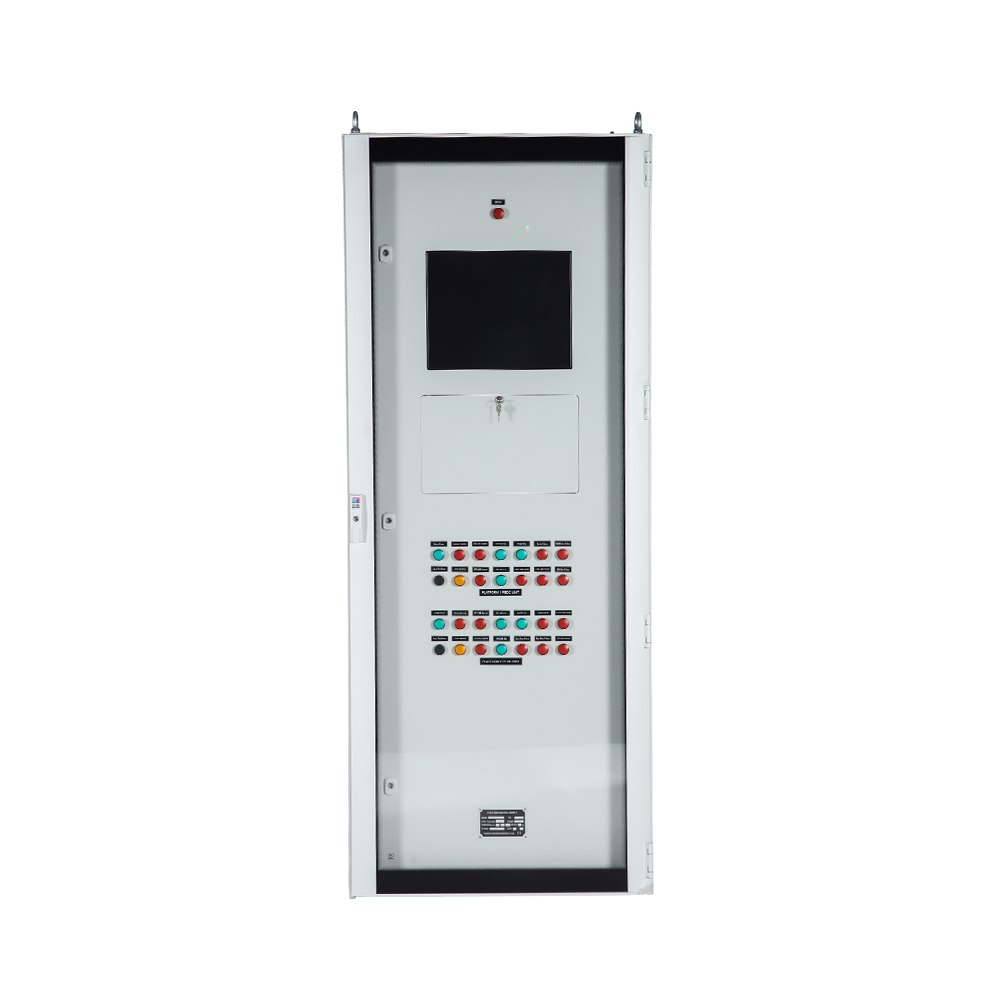2025-04-07
In the world of modern industrial systems, the ability to manage and analyze data in real time is crucial for operational success. An HMI Control Panel serves as the interface that allows operators to interact with machines and processes, offering a visual display of real-time data and metrics. However, the true power of an HMI system is realized when it is used to its full potential for data management and visualization. By effectively integrating data visualization tools, real-time monitoring, and advanced analytics, industries can achieve improved decision-making, optimized performance, and reduced downtime.
Real-Time Data Management: A Core Feature of HMI Control Panels
One of the primary functions of an HMI Control Panel is to provide real-time data monitoring. Whether it’s tracking the temperature of a machine, the pressure in a system, or the speed of a motor, the HMI system displays key metrics to operators at a glance. Real-time data allows operators to act quickly, making it possible to address problems before they escalate into costly issues. With immediate access to system performance data, operators are empowered to make informed decisions on the fly.
Moreover, data collected by sensors in the field is sent to the HMI Control Panel, where it can be visualized in various formats such as gauges, graphs, and charts. This easy-to-read presentation helps operators quickly identify any abnormalities or trends that may require attention, leading to faster response times and a smoother workflow. The ease with which data is presented is one of the biggest advantages of HMI systems, allowing operators to focus on the most critical tasks without being overwhelmed by information.
Advanced Data Visualization: Enhancing Decision-Making with HMI Systems
While real-time data display is essential, the way that data is visualized can make a huge difference in an operator's ability to respond effectively. An HMI Control Panel does more than simply show numbers — it brings those numbers to life by turning them into graphical representations that make complex data easy to understand.
For example, instead of just seeing a temperature reading, operators can view a color-coded graph or gauge that shows whether the temperature is within an acceptable range. This type of dynamic visualization enables faster identification of issues, allowing operators to act before the system reaches a critical threshold. Additionally, interactive charts can display trends over time, helping operators not only monitor the current state but also understand the historical performance of a system.
Moreover, real-time graphs and visualizations can be customized to display key performance indicators (KPIs) that are most relevant to a specific operation, giving operators a tailored view of the system's health and performance. These features are vital for making strategic decisions that can optimize production processes, reduce energy consumption, and improve overall efficiency.
Data Logging and Analytics: Leveraging Historical Data for Insights
While real-time data provides immediate visibility into system performance, historical data stored within an HMI Control Panel can offer long-term insights that drive continuous improvement. Data logging features allow the HMI system to record and store performance metrics over time. This historical data can then be used to generate reports, analyze trends, and uncover patterns that may not be immediately apparent from real-time monitoring alone.
By analyzing historical data, businesses can identify inefficiencies or areas for improvement, which can then be addressed to optimize the entire system. For example, recurring fluctuations in temperature might point to a need for maintenance or equipment upgrades. In addition, by reviewing past performance, operators can detect seasonal or operational trends that might help in predictive maintenance strategies. This type of analysis empowers decision-makers to make proactive improvements to the system, reducing downtime and minimizing unplanned maintenance costs.
Furthermore, integrating advanced analytics into an HMI Control Panel can take these insights even further. With analytics tools, operators can forecast future performance, model different operational scenarios, and optimize workflows based on real-time and historical data. This predictive capability is particularly valuable in industries where machine failure or production delays can lead to significant financial losses.

Optimizing System Performance with Real-Time and Historical Data
When used in combination, real-time data visualization and historical data analysis within an HMI Control Panel can dramatically enhance the performance of industrial systems. Real-time monitoring ensures that issues are identified and addressed promptly, while historical data and advanced analytics provide the context needed for long-term improvements. Together, these capabilities create a powerful feedback loop that allows operators to constantly fine-tune systems and processes for maximum efficiency.
For example, by monitoring real-time data from an industrial machine through the HMI system, an operator might notice that a certain component is operating outside of its optimal parameters. Rather than waiting for a breakdown, the operator can use the historical data logged in the system to determine if this issue is part of a broader trend. Armed with this information, they can schedule preventive maintenance, thus avoiding potential system failures and reducing costly downtime.
Conclusion: Empowering Operators with Advanced Data Management in HMI Control Panels
The integration of real-time data and advanced analytics within an HMI Control Panel provides a significant advantage in optimizing industrial operations. By making complex data easy to understand and accessible in real time, these systems empower operators to make quick decisions, optimize workflows, and maintain operational efficiency. Additionally, the ability to leverage historical data for long-term analysis offers valuable insights that drive continuous improvements and prevent costly failures.